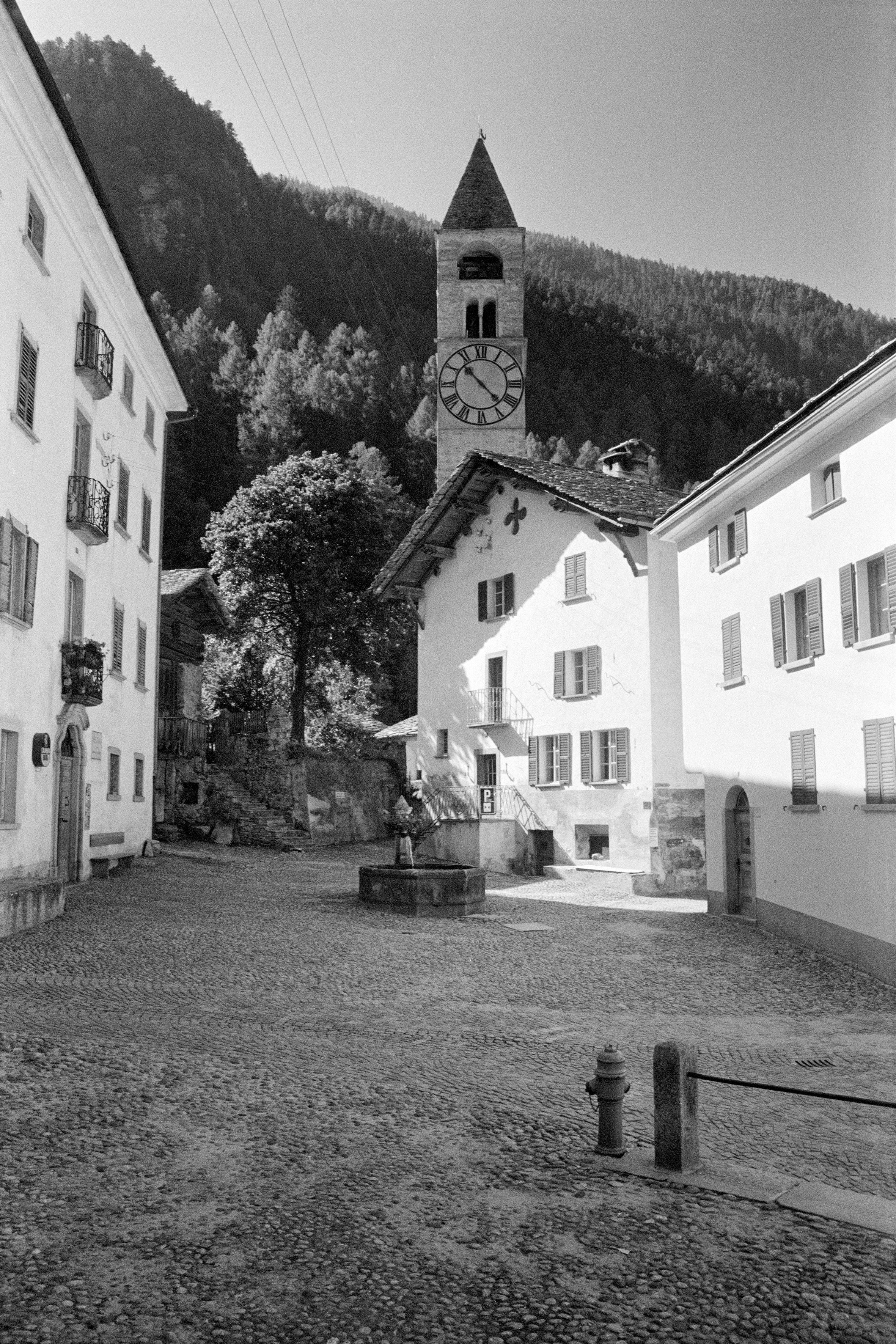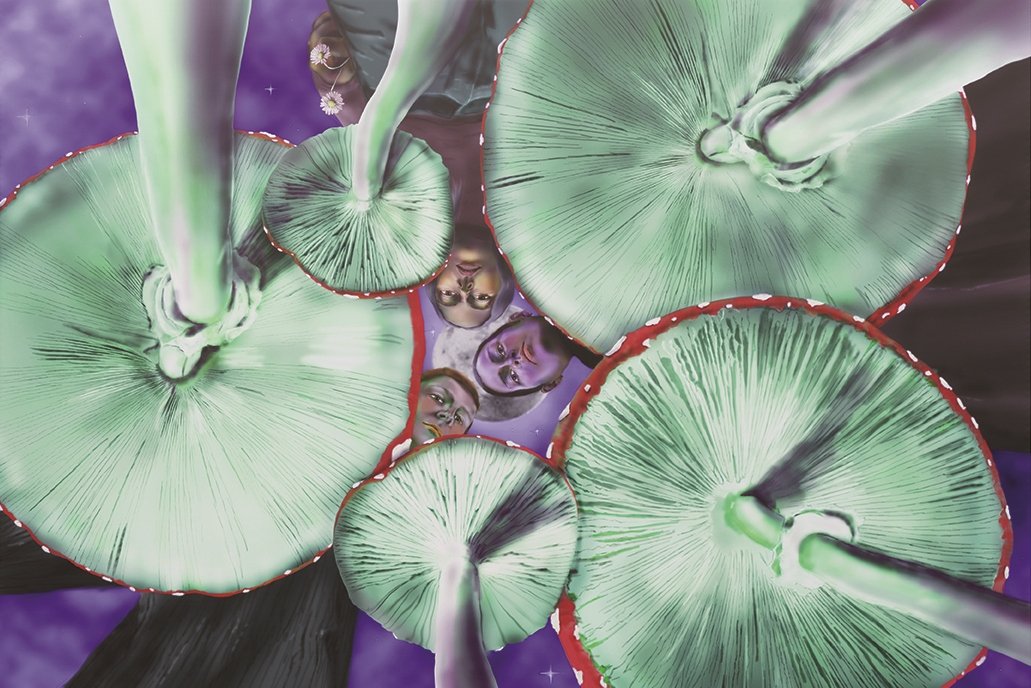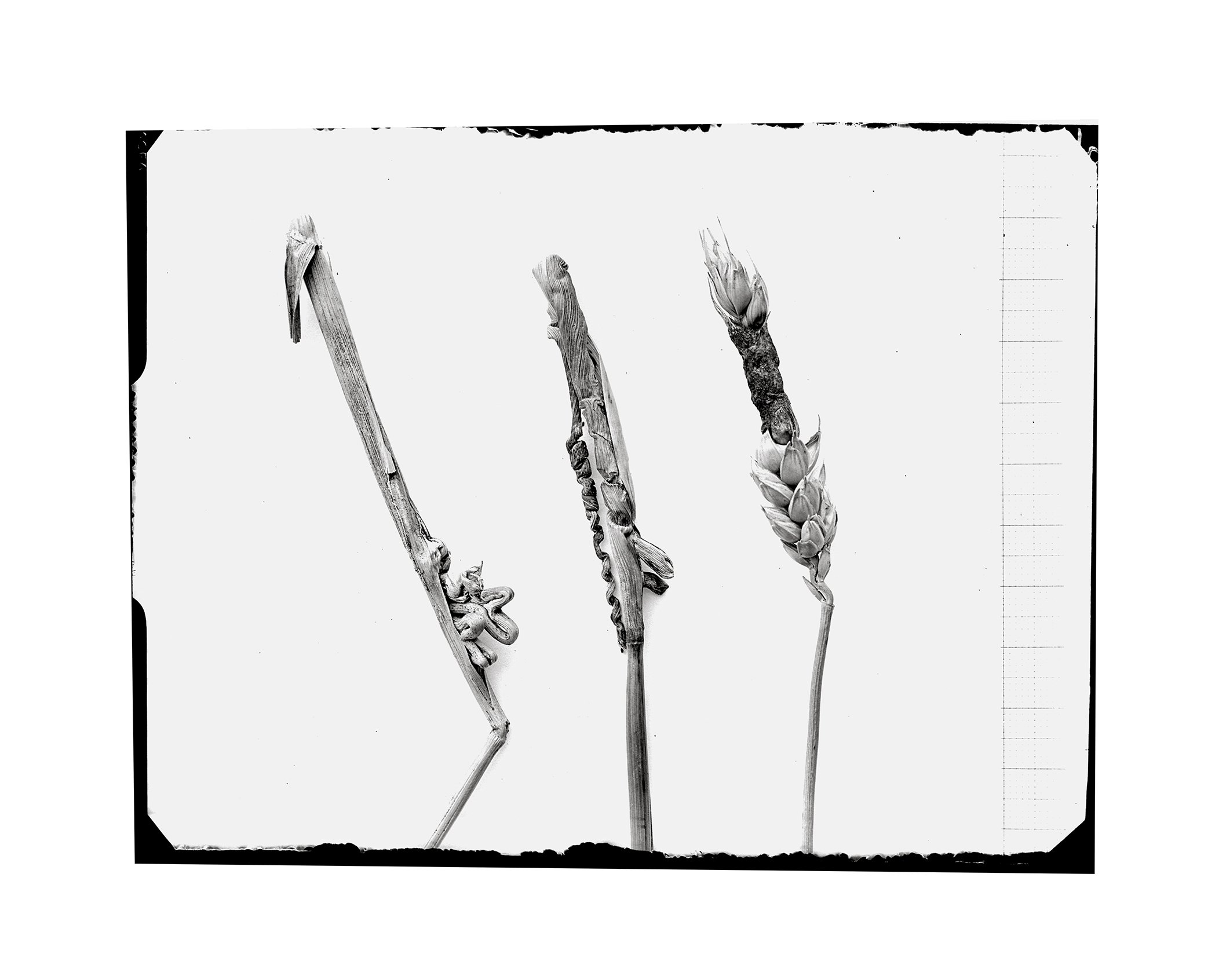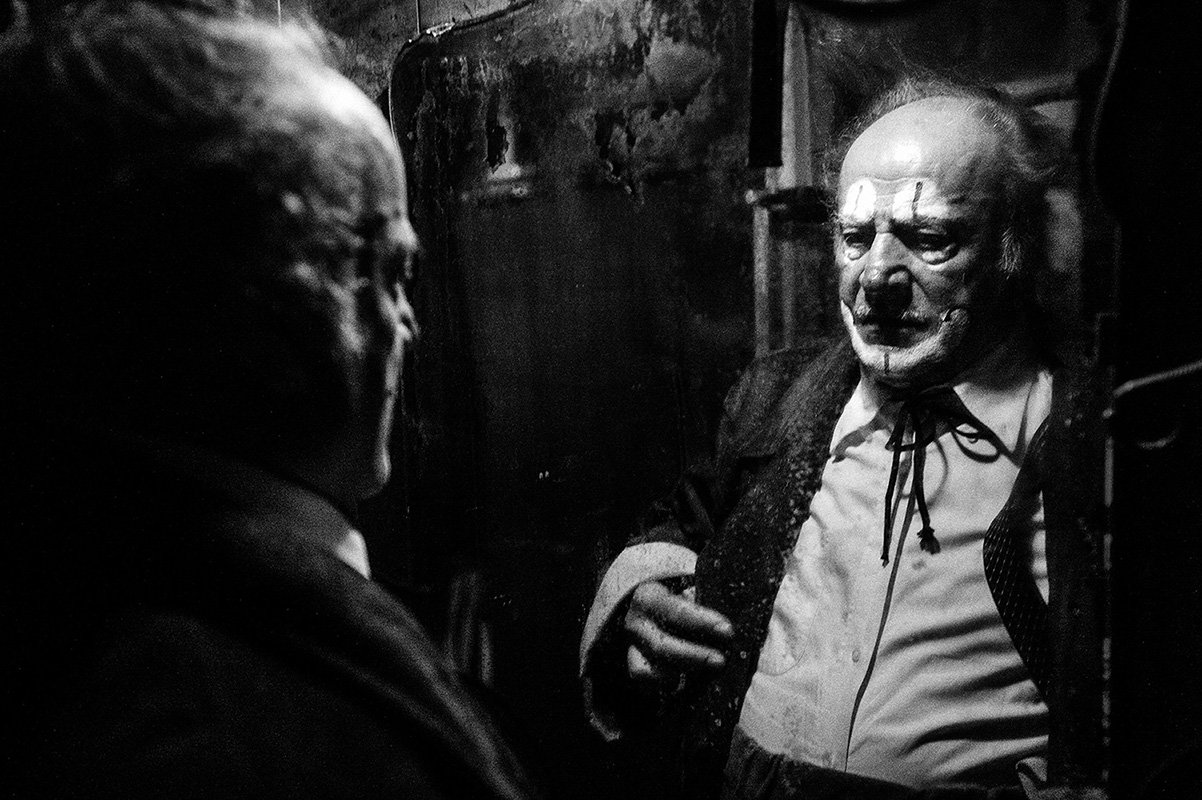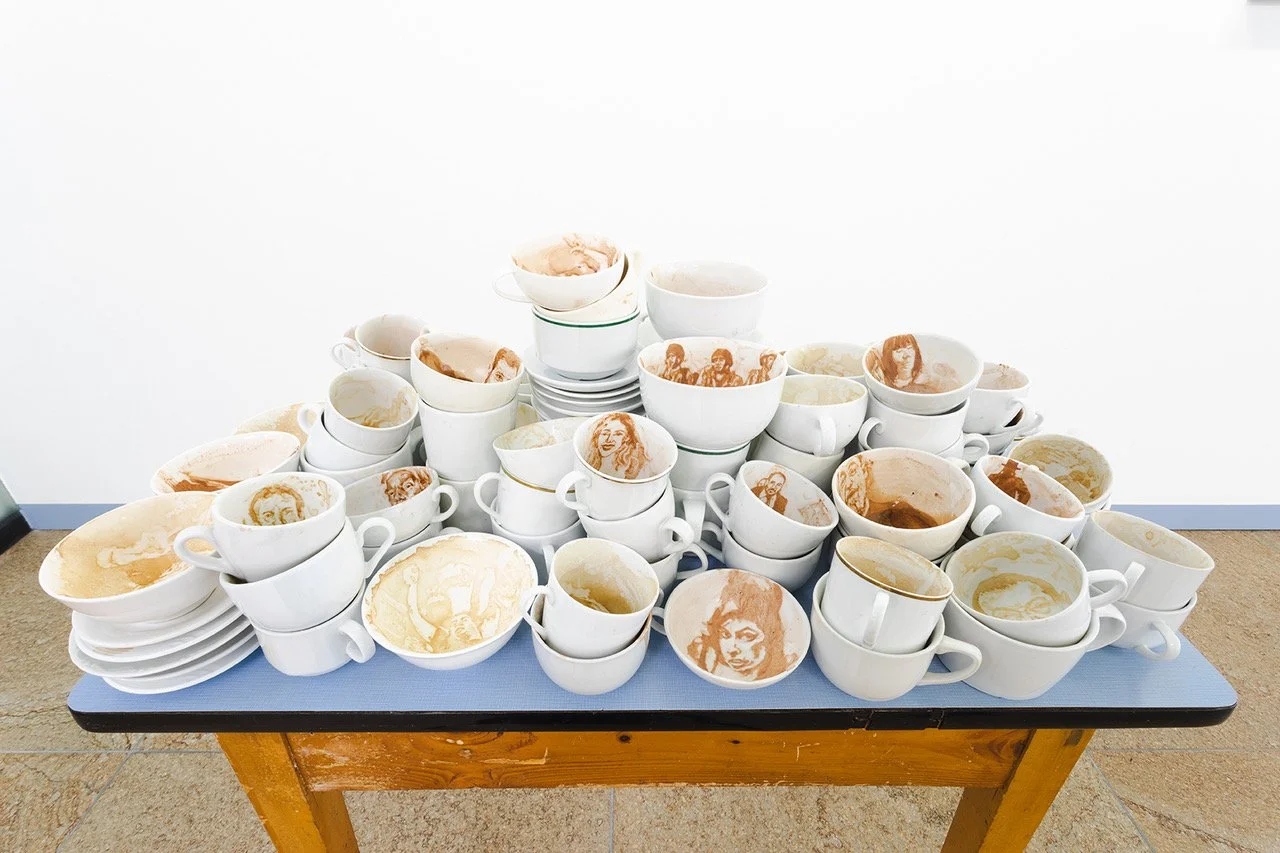
Ernst Scheidegger und das Bergell | Museo Ciäsa Granda | Stampa
Museo Ciäsa Granda | Stampa
31. Mai – 19. Oktober 2025
Ernst Scheidegger und das Bergell
Plazza d’Zura in Bondo mit dem Pfarrhaus in der Mitte, Ernst Scheideggers Zweitwohnsitz ab 1965, © 2025 Stiftung Ernst Scheidegger-Archiv, Zürich
Ernst Scheidegger (1923–2016) gehört zu den bedeutendsten Schweizer Fotografen des 20. Jahrhunderts. International bekannt sind vor allem seine Künstlerporträts. Während mehr als 50 Jahren hat er immer wieder Zeit im Bergell verbracht und dort auch fotografiert. Diese bisher kaum ausgestellten und wahrgenommenen Fotografien stehen im Zentrum der Ausstellung «Ernst Scheidegger und das Bergell».
Der Fotograf Ernst Scheidegger (1923–2016) kam während seines Militärdienstes 1943 erstmals ins Bergell. In Maloja lernte der Neunzehnjährige Alberto Giacometti kennen – eine Begegnung, die am Anfang einer lebenslangen Freundschaft stand. Diese Freundschaft ermöglichte es Ernst Scheidegger, Alberto Giacometti, sein Schaffen und sein Werk wie kein Zweiter fotografisch zu dokumentieren. Immer wieder kam er dadurch auch ins Bergell, das er durch seinen Freund kennen und schätzen lernte. Auch nach dessen Tod blieb Ernst Scheidegger dem Bergell verbunden. Lange Zeit hatte er einen Zweitwohnsitz in Bondo.
Heute ist Ernst Scheidegger in erster Linie für seine Künstlerporträts und Reportagen bekannt. Eines dieser Künstlerporträts ist in der Schweiz vielen Menschen vertraut: Die Aufnahme von Alberto Giacometti auf der 1998 herausgegebenen 100-Franken-Note ist sein Werk. Im Bergell fotografierte er allerdings nicht nur seine Freunde Alberto Giacometti und später Varlin (Willy Guggenheim). In seinem Nachlass finden sich neben diesen Künstlerporträts rund 5000 Fotografien, die das Bergell selbst zum Gegenstand haben: Landschaften, Dörfer, Gebäude und deutlich seltener auch Menschen. Diese Bergell-Bilder Ernst Scheideggers sind von einer mit seinen berühmten Künstlerporträts vergleichbaren Intensität.
Nachdem das Museo Ciäsa Granda in Stampa in seinen Ausstellungen über Alberto Giacometti (2016) und Varlin (2024) jeweils Fotografien Ernst Scheideggers der beiden Künstler gezeigt hatte, stehen in der Ausstellung «Ernst Scheidegger und das Bergell» erstmals die Aufnahmen des Bergells selbst im Mittelpunkt. Eine Auswahl von rund 60 Schwarz-Weiss-Fotografien ermöglicht die Entdeckung eines wenig bekannten Teils im Werk des berühmten Fotografen. Sie bilden eine Art Langzeitreportage, die es uns ermöglicht, das Bergell, so wie es Ernst Scheidegger gesehen hat, zu entdecken.
Ernst Scheidegger kam während Jahrzehnten immer wieder ins Bergell. Er ist in der kollektiven Erinnerung der älteren Bergellerinnen und Bergeller eine ebenso präsente wie schillernde Figur. Die Ausstellung hat deshalb nach ihren Erinnerungen an Ernst Scheidegger gefragt. Acht Interviews ermöglichen Einblicke in Ernst Scheideggers Bergeller Jahre und ergänzen die ausgestellten Fotografien.
Malojapassstrasse, © 2025 Stiftung Ernst Scheidegger-Archiv, Zürich
Ernst Scheidegger (1923-2016) compte parmi les photographes suisses les plus importants du XXe siècle. Ses portraits d'artistes sont particulièrement connus à l'échelle internationale. Pendant plus de 50 ans, il a régulièrement séjourné dans le Val Bregaglia, où il a également pris de nombreuses photos. Ces clichés, jusqu'ici peu exposés et méconnus, sont au cœur de l'exposition « Ernst Scheidegger et le Val Bregaglia ».
Le photographe Ernst Scheidegger (1923-2016) est arrivé dans le Val Bregaglia pour la première fois en 1943, pendant son service militaire. À Maloja, le jeune homme de 19 ans a fait la connaissance d'Alberto Giacometti, une rencontre qui a marqué le début d'une amitié qui allait durer toute sa vie. Cette amitié a permis à Ernst Scheidegger de documenter photographiquement Alberto Giacometti, sa création et son œuvre comme personne d'autre. Il revint ainsi régulièrement dans le Val Bregaglia, qu'il avait appris à connaître et à apprécier grâce à son ami. Même après la mort de ce dernier, Ernst Scheidegger resta attaché au Val Bregaglia. Il eut longtemps une résidence secondaire à Bondo.
Aujourd'hui, Ernst Scheidegger est surtout connu pour ses portraits d'artistes et ses reportages. L'un de ces portraits d'artistes est familier à de nombreuses personnes en Suisse : la photo d'Alberto Giacometti figurant sur le billet de 100 francs publié en 1998 est son œuvre. Dans le Val Bregaglia, il n'a toutefois pas seulement photographié ses amis Alberto Giacometti et plus tard Varlin (Willy Guggenheim). Outre ces portraits d'artistes, son héritage comprend environ 5000 photographies consacrées au Val Bregaglia : paysages, villages, bâtiments et, plus rarement, des personnes. Ces visuels du Val Bregaglia réalisés par Ernst Scheidegger sont d'une intensité comparable à celle de ses célèbres portraits d'artistes.
Après avoir présenté les photographies d'Ernst Scheidegger consacrées à ces deux artistes dans ses expositions sur Alberto Giacometti (2016) et Varlin (2024), le Museo Ciäsa Granda de Stampa met pour la première fois à l'honneur les clichés du Val Bregaglia dans l'exposition « Ernst Scheidegger et le Val Bregaglia ». Une sélection d'environ 60 photographies en noir et blanc permet de découvrir une partie méconnue de l'œuvre du célèbre photographe. Elles constituent une sorte de reportage à long terme qui nous permet de découvrir le Val Bregaglia tel qu'Ernst Scheidegger l'a vu.
Ernst Scheidegger est revenu régulièrement dans le Val Bregaglia pendant des décennies. Il est une figure aussi présente que fascinante dans la mémoire collective des anciens habitants de la région. L'exposition a donc recueilli leurs souvenirs d'Ernst Scheidegger. Huit interviews permettent de mieux comprendre les années passées par Ernst Scheidegger dans le Val Bregaglia et complètent les photographies exposées.
Die Ställe auf der Ebene westlich von Bondo (Caltüra), © 2025 Stiftung Ernst Scheidegger-Archiv, Zürich
Ernst Scheidegger (1923–2016) è uno dei più importanti fotografi svizzeri del XX secolo. A livello internazionale sono noti soprattutto i suoi ritratti di artisti. Per più di 50 anni ha soggiornato ripetutamente in Bregaglia e vi ha anche scattato delle fotografie. Queste fotografie, che finora non sono state quasi mai esposte o erano poco conosciute, sono al centro della mostra «Ernst Scheidegger e la Bregaglia».
Il fotografo Ernst Scheidegger (1923–2016) giunse per la prima volta in Bregaglia durante il servizio militare nel 1943. L’allora diciannovenne incontrò Alberto Giacometti a Maloja. Questo incontro segnò l’inizio di un’amicizia che durò tutta la vita e che permise a Ernst Scheidegger di documentare fotograficamente, come nessun altro, Alberto Giacometti, il suo lavoro creativo e la sua opera. Ciò portò Ernst Scheidegger anche a recarsi ripetutamente in Bregaglia, che imparò a conoscere e ad apprezzare attraverso l’amico. Ernst Scheidegger rimase legato alla Bregaglia pure dopo la morte di Alberto Giacometti. Per molto tempo ebbe un secondo domicilio a Bondo.
Oggi Ernst Scheidegger è conosciuto innanzitutto per i suoi ritratti di artisti e per i suoi reportage. Uno di questi ritratti è familiare a molte persone in Svizzera: la fotografia di Alberto Giacometti sulla banconota da 100 franchi, emessa nel 1998, è opera sua. Tuttavia, in Bregaglia non fotografò soltanto gli amici Alberto Giacometti e più tardi Varlin (Willy Guggenheim). Oltre a questi ritratti di artisti, il suo lascito comprende circa 5000 fotografie che raffigurano la Bregaglia stessa: paesaggi, villaggi, edifici e, decisamente più di rado, anche persone. Queste fotografie della Bregaglia scattate da Ernst Scheidegger hanno un'intensità paragonabile ai suoi famosi ritratti di artisti.
Dopo le mostre su Alberto Giacometti (2016) e Varlin (2024), nella quali il Museo Ciäsa Granda di Stampa ha esposto fotografie scattate da Ernst Scheidegger ai due artisti, la mostra «Ernst Scheidegger e Bregaglia» pone ora per la prima volta al centro dell’attenzione le fotografie che hanno per soggetto la Bregaglia stessa. Una selezione di circa 60 fotografie in bianco e nero consente al pubblico di scoprire una parte poco conosciuta dell'opera del famoso fotografo. Esse costituiscono una sorta di reportage di lungo corso che ci permette di scoprire la Bregaglia come la vedeva Ernst Scheidegger.
Ernst Scheidegger è venuto in Bregaglia ripetutamente nel corso dei decenni. È una figura tanto presente quanto affascinante nella memoria collettiva degli abitanti della Bregaglia di una certa età. Per questo motivo, per la mostra sono stati raccolti i loro ricordi di Ernst Scheidegger. Otto interviste permettono di farsi un’idea degli anni bregagliotti di Ernst Scheidegger e completano le fotografie esposte.
Alberto Giacometti mit seiner Mutter in Capolago, Maloja, © 2025 Stiftung Ernst Scheidegger-Archiv, Zürich
Ernst Scheidegger (1923–2016) is one of the most important Swiss photographers of the 20th century. He is best known internationally for his portraits of artists. He spent more than 50 years in the Bergell region, where he also took photographs. These photographs, which have rarely been exhibited or seen before, form the focus of the exhibition ‘Ernst Scheidegger and the Bergell.’
The photographer Ernst Scheidegger (1923–2016) first came to the Bergell during his military service in 1943. In Maloja, the nineteen-year-old met Alberto Giacometti – an encounter that marked the beginning of a lifelong friendship. This friendship enabled Ernst Scheidegger to document Alberto Giacometti, his work and his oeuvre like no other. This brought him back to the Bergell repeatedly, which he came to know and love through his friend. Even after his death, Ernst Scheidegger remained connected to the Bergell. For many years, he had a second home in Bondo.
Today, Ernst Scheidegger is primarily known for his artist portraits and reportages. One of these artist portraits is familiar to many people in Switzerland: the photograph of Alberto Giacometti on the 100-franc banknote issued in 1998 is his work. However, he did not only photograph his friends Alberto Giacometti and later Varlin (Willy Guggenheim) in the Bergell. In addition to these artist portraits, his estate contains around 5,000 photographs of the Bergell region itself: landscapes, villages, buildings and, much less frequently, people. Ernst Scheidegger's visual images of the Bergell are as intense as his famous artist portraits.
After the Museo Ciäsa Granda in Stampa showed Ernst Scheidegger's photographs of the two artists in its exhibitions on Alberto Giacometti (2016) and Varlin (2024), the exhibition ‘Ernst Scheidegger and the Bergell’ now focuses for the first time on his photographs of the Bergell itself. A selection of around 60 black-and-white photographs allows visitors to discover a little-known part of the famous photographer's work. They form a kind of long-term reportage that enables us to discover the Bergell as Ernst Scheidegger saw it.
Ernst Scheidegger returned to the Bergell region repeatedly over several decades. He is a figure who is both present and colourful in the collective memory of older residents of the Bergell. The exhibition therefore asked them about their memories of Ernst Scheidegger. Eight interviews provide insights into Ernst Scheidegger's years in the Bergell and complement the photographs on display.
(Text: Museo Ciäsa Granda, Stampa)

